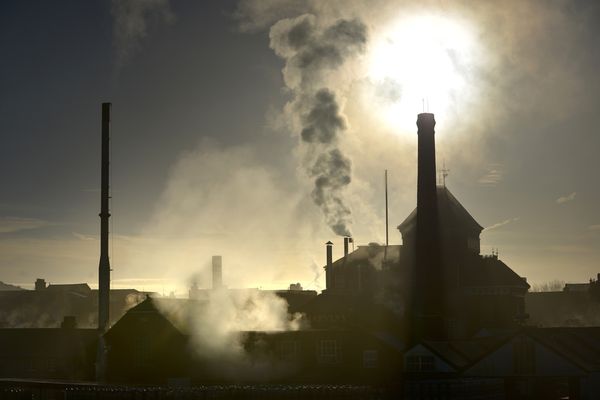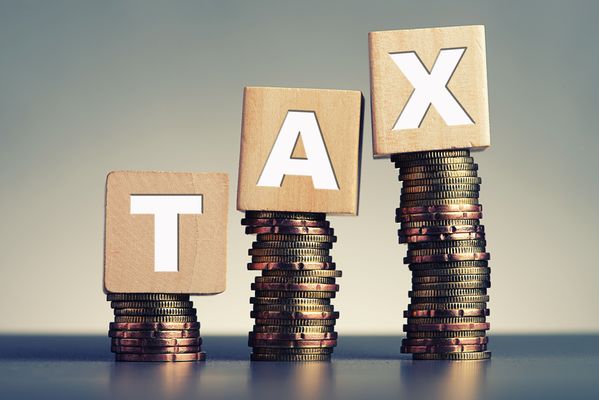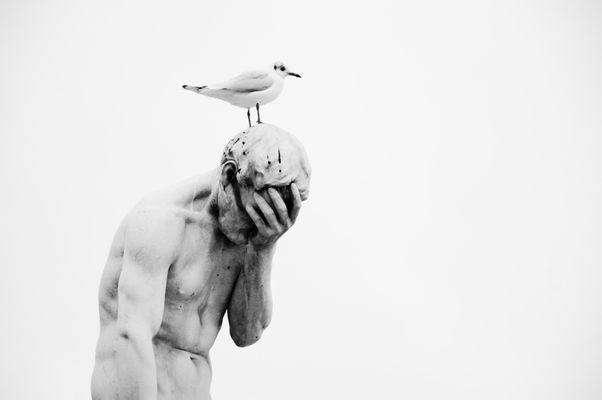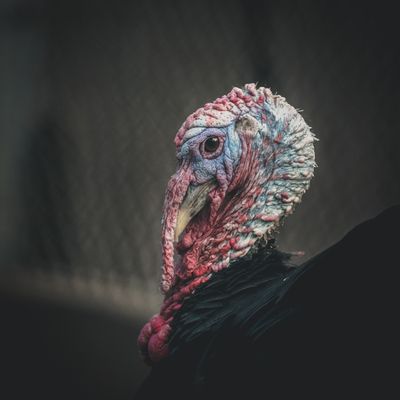4.1.2
Poverty & Victorian Christmas
Workhouses and the Poor
Workhouses and the Poor
Charles Dickens felt strongly that Victorian society ignored the poverty of its underclass.


Workhouses
Workhouses
- Victorian England saw a dramatic rise in the number of workhouses – the population was rapidly increasing and, therefore, there was a huge increase in the poor population.
- Working hours in these workhouses were very long, and the pay was very low.


Tax and resentment
Tax and resentment
- Before 1834, the cost of looking after the poorer people of society was growing rapidly – by 1830, it reached approximately £7 million (around £555 million today). This money came from the tax paid by the middle and upper-class people.
- This caused bad feelings towards the lower classes, as the middle and upper classes suspected that the poorer people were deliberately being lazy and avoiding work.


Poor Law Amendment Act
Poor Law Amendment Act
- In 1834, the Poor Law Amendment Act was introduced:
- Before this Act, parishes were grouped into unions and each union had a workhouse. People could stay in their own homes, but access help when they needed it.
- The Poor Law Act of 1834 meant that people who needed aid due to poverty could only get help if they were prepared to leave their home and go into the workhouses.


Workhouse conditions
Workhouse conditions
- Going into a workhouse was a last resort:
- Workhouses were degrading and humiliating.
- Upon arrival at the workhouse gates, people would be interviewed, then stripped, washed and given a haircut.
- People had their own clothes thrown away (sometimes burnt) and they would be given a uniform made from coarse material.
- Families were split up – men, women and children were housed separately and not allowed to communicate with one another, even in any communal areas.


Message in A Christmas Carol
Message in A Christmas Carol
- Dickens uses A Christmas Carol to suggest that people needed to recognise the problems in society and not ignore them.
- He wanted people to try to help one another, not just be obsessed with how to make themselves better, but genuinely help those in need.
- Dickens advocated the idea of people accepting social responsibility – not just throwing poor people into poor houses, but helping them to have good lives.
A Victorian Christmas
A Victorian Christmas
A lot of the Christmas traditions currently practiced in England are thought to have originated in the Victorian era.


Christmas tree
Christmas tree
- After Queen Victoria and Prince Albert got married, Albert brought the idea of a decorated Christmas tree from Germany to England (in 1841).
- Many homes then adopted this Christmas decoration as well.


Christmas cards
Christmas cards
- In 1843, the first Christmas cards began to be circulated – they were expensive to buy, so many people began to make their own.


Turkey and carols
Turkey and carols
- The Victorians introduced the idea of eating turkey and singing carols at Christmas.


Kindness and goodwill
Kindness and goodwill
- One of the key ideas around Christmas in the Victorian era was that it was a time for kindness and goodwill to all people, regardless of their social class or financial situation.
- This plays a key role in this novella, as we see Scrooge refusing to comply to this idea until he is educated about the consequences of his actions.
1Plot Summary
2Key Characters & Quotes
2.1Ebenezer Scrooge
2.2Other Characters
2.2.1Bob Cratchit
2.2.2Tiny Tim
2.2.3Fred
2.2.4The Ghosts Pt 1
2.2.5The Ghosts Pt 2
2.2.6End of Topic Test - Other Characters
2.2.7Diagnostic Misconceptions - Bob Marley
2.2.8Diagnostic Misconceptions - Two Ghosts
2.2.9Diagnostic Misconceptions - Ghost of Christmas
2.2.10Diagnostic Misconceptions - The Cratchits
2.3Grade 9 - Key Characters
3Key Ideas
4Context
5Authorial Method
6Recap: Main Quotes
Jump to other topics
1Plot Summary
2Key Characters & Quotes
2.1Ebenezer Scrooge
2.2Other Characters
2.2.1Bob Cratchit
2.2.2Tiny Tim
2.2.3Fred
2.2.4The Ghosts Pt 1
2.2.5The Ghosts Pt 2
2.2.6End of Topic Test - Other Characters
2.2.7Diagnostic Misconceptions - Bob Marley
2.2.8Diagnostic Misconceptions - Two Ghosts
2.2.9Diagnostic Misconceptions - Ghost of Christmas
2.2.10Diagnostic Misconceptions - The Cratchits
2.3Grade 9 - Key Characters
3Key Ideas
4Context
5Authorial Method
6Recap: Main Quotes
Unlock your full potential with Seneca Premium
Unlimited access to 10,000+ open-ended exam questions
Mini-mock exams based on your study history
Unlock 800+ premium courses & e-books